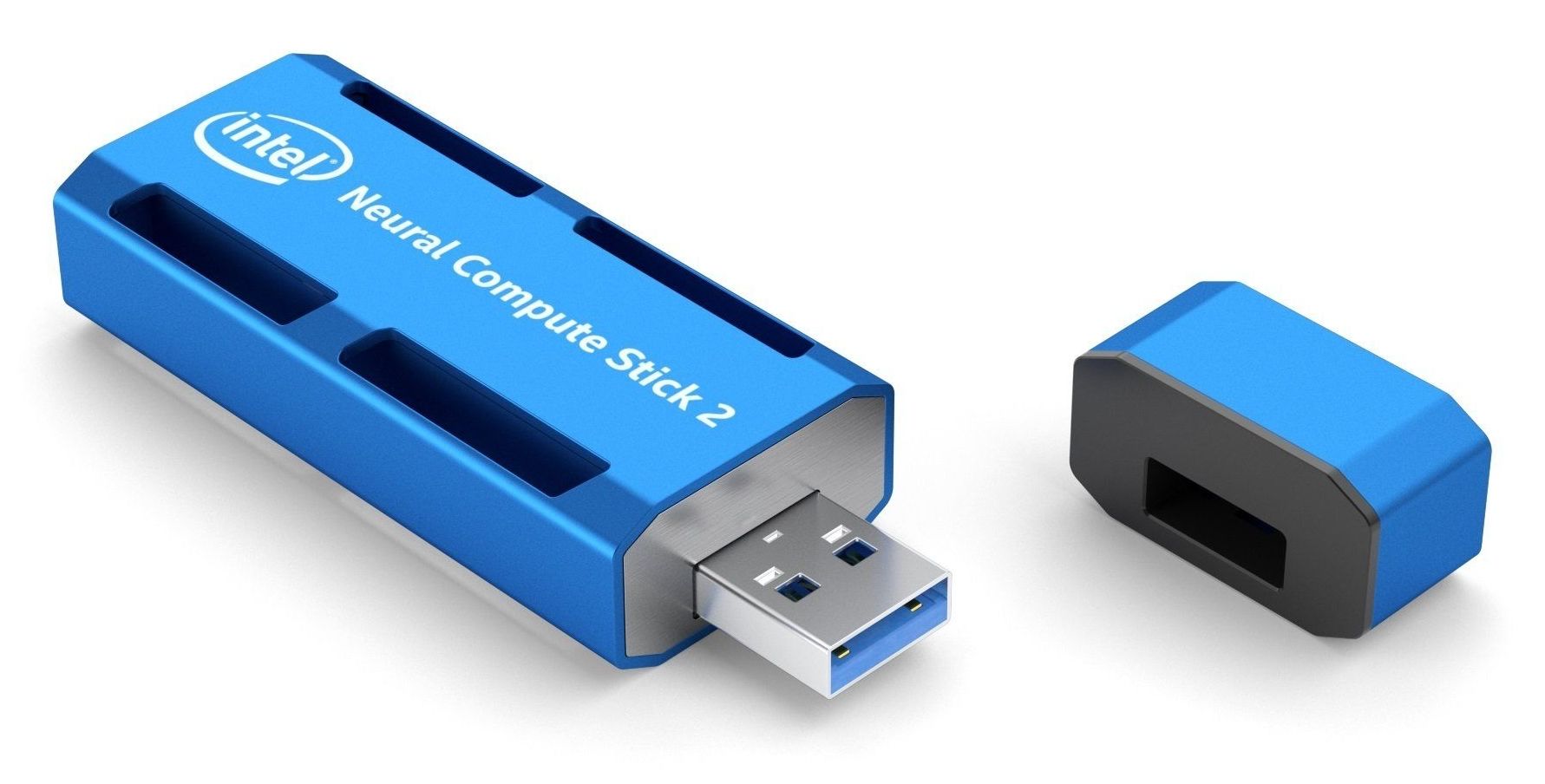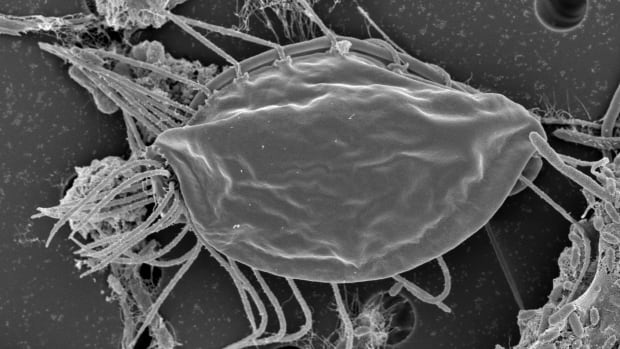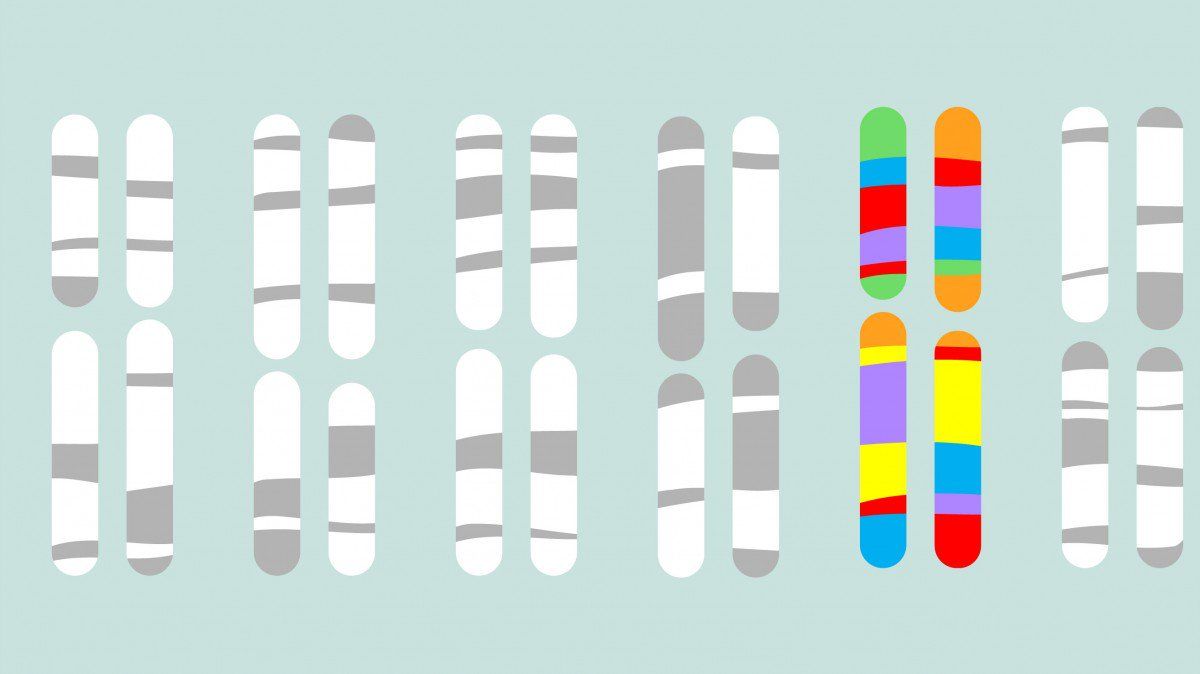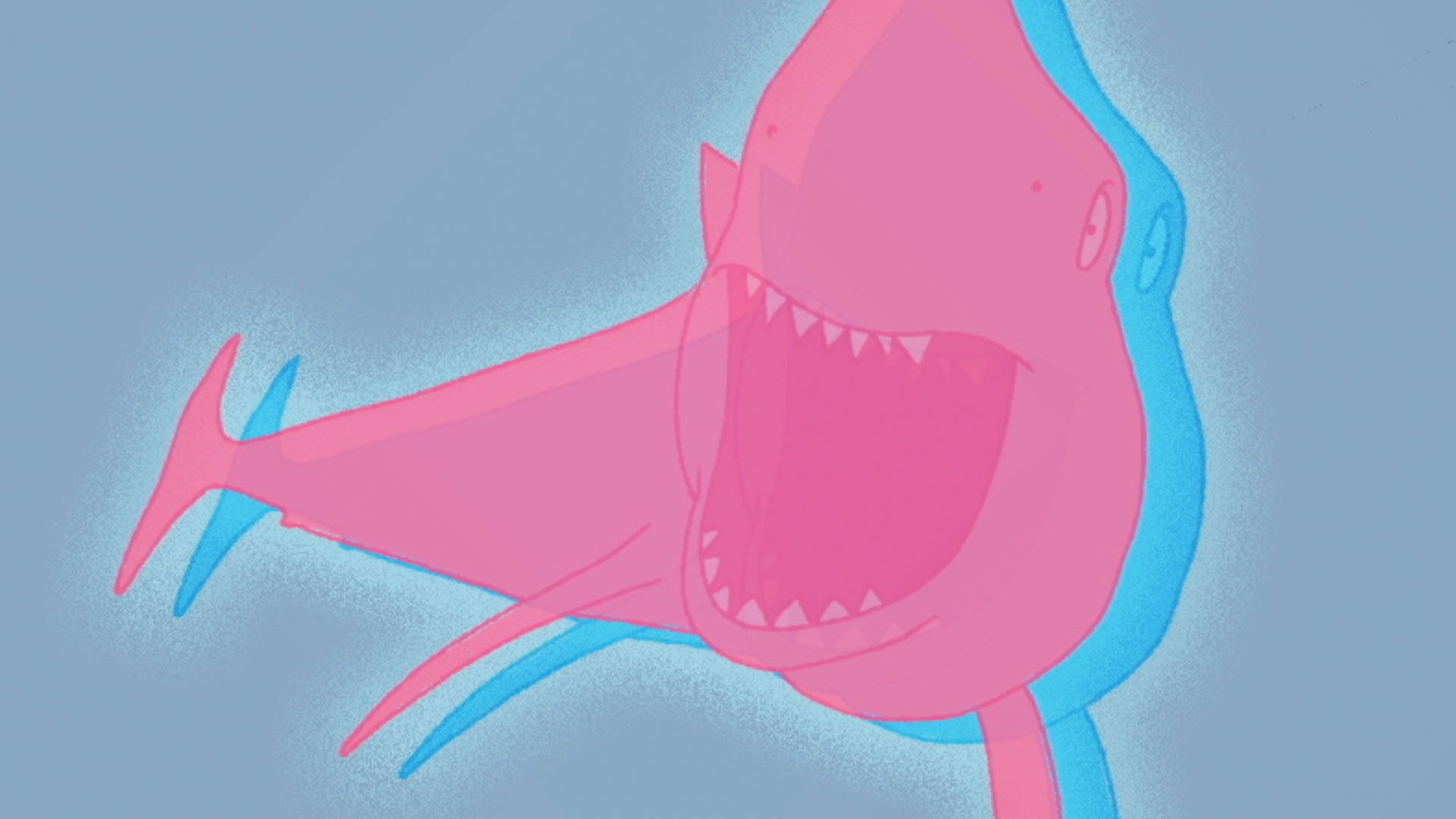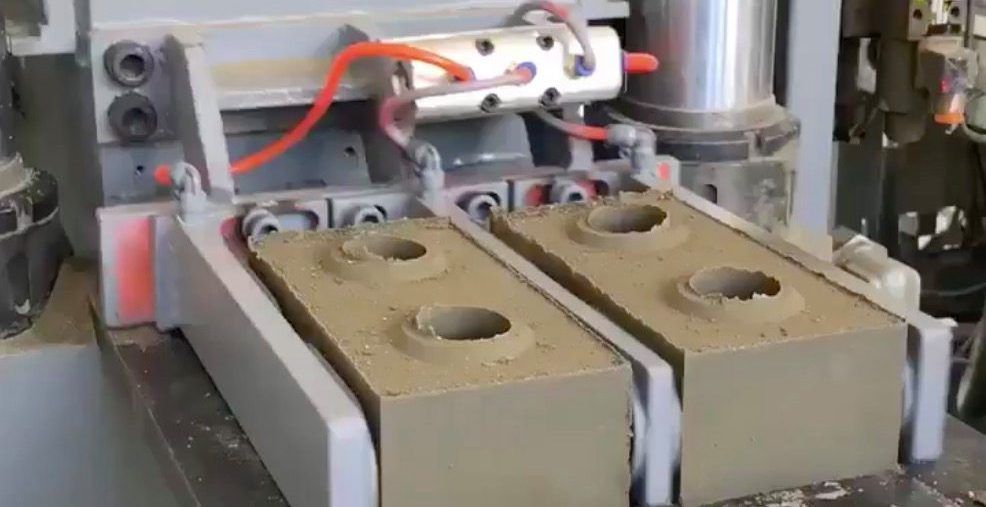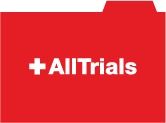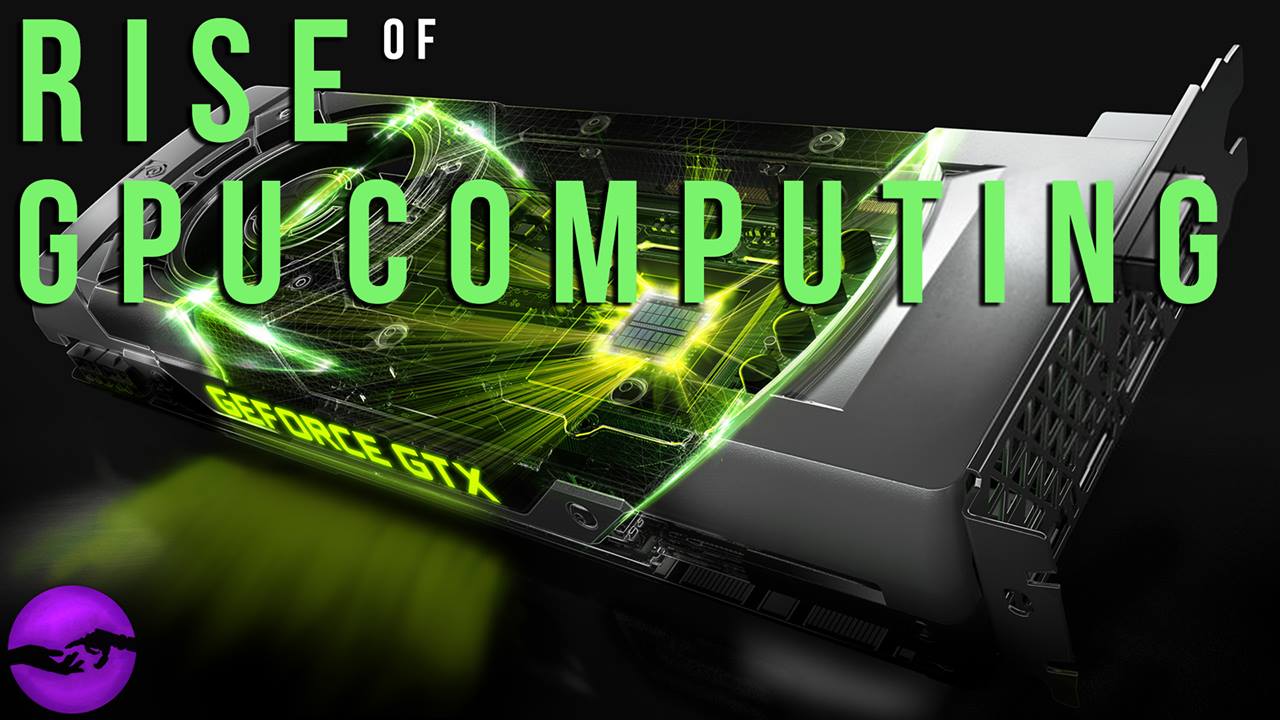Intel has unveiled the Intel Neural Compute Stick 2. It looks like a standard USB thumb drive, and it runs on a USB 3.0 port, but is oh-more-special. CNET said the new AI “brain” sticks into the side of your PC.
Andrew Tarantola in Engadget summed up its significance. “Intel’s NCS2 is essentially a self-contained neural network on a thumbdrive and should make developing those sorts of devices faster and easier by offloading much of the processing power required to train them to its onboard Movidius Myriad X vision processing unit (VPU).”
The debut took place Wednesday, Nov. 14, at the Intel AI Devcon in Beijing.
